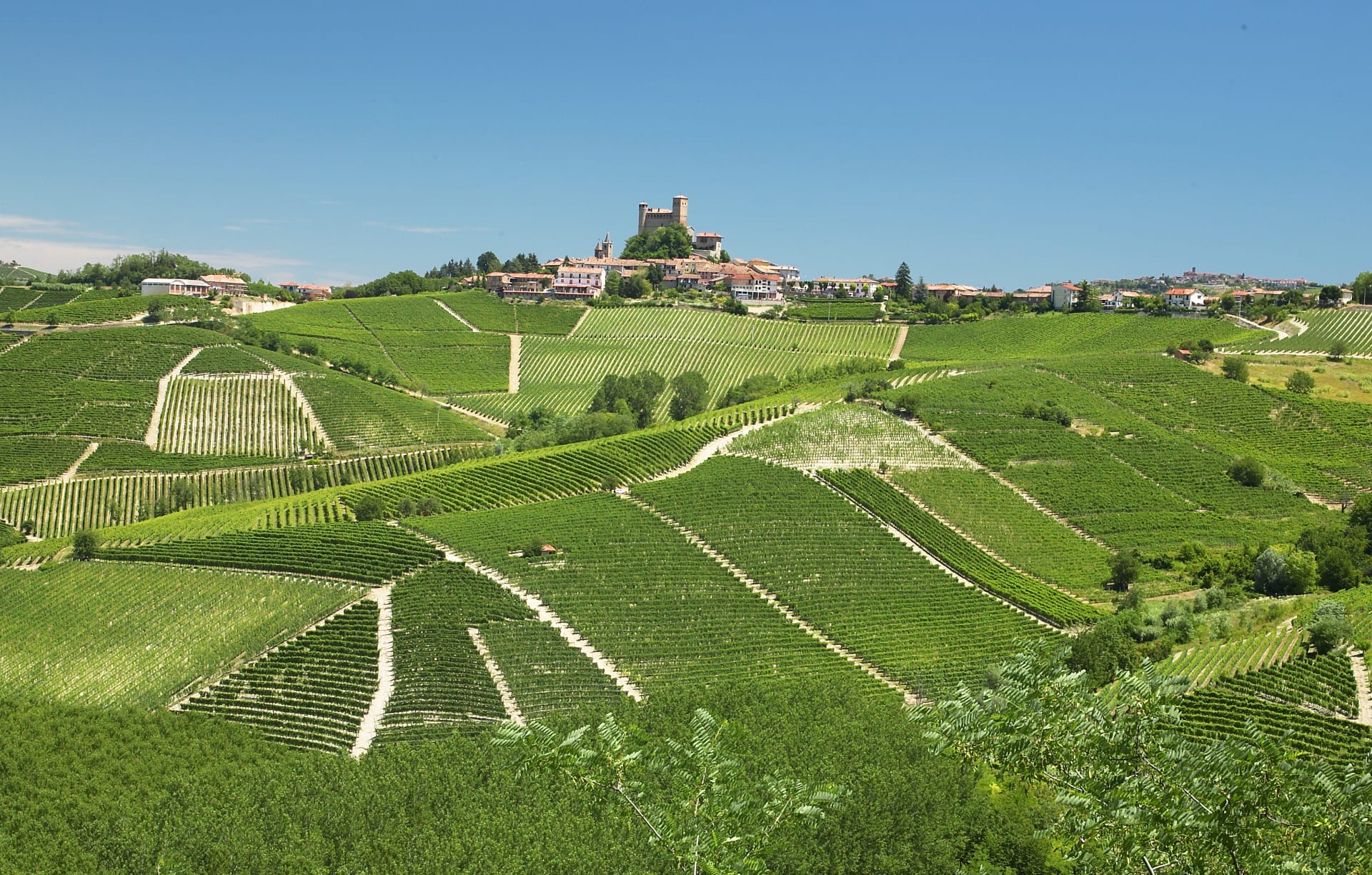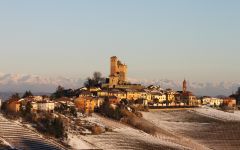Massolino Vigna Margheria Barolo 2017
-
Wine
Enthusiast -
Wine &
Spirits -
Wine
Spectator -
Robert
Parker



Product Details
Your Rating
Somm Note
Winemaker Notes
Deep garnet red. Ethereal, featuring spicy, tobacco and brushwood notes; there are also important mineral notes.
Classic and nicely harmonious wine, tannic when young and with considerable ageing potential, making it an unmistakable “Nebbiolo of Serralunga”.
It is best to decant and serve it at temperatures between 18-20°C.
An important wine, it encapsulates all the history of our land and fully expresses its talents when served with rich dishes, such as roast red meats or game stew. It is also excellent with medium-mature and mature cheeses.
Professional Ratings
-
Wine Enthusiast
Wild berry, cedar, scorched earth and camphor form the nose along with spicy accents. Tightly wound and firmly structured, the savory palate also shows finesse, offering dried cherry, blood orange, licorice and tobacco framed in firm, refined tannins.
-
Wine & Spirits
This wine’s red- cherry flavors are crisp and precise, fully ripe without any of the dried-fruit flavors or alcoholic warmth that afflicts some wines from this hot and dry vintage. The tannins feel fully ripe as well, seamlessly weaving together the red fruit, subtle earth and spice notes as the wine moves toward a graceful, balanced finish.
-
Wine Spectator
Taut and linear, this Barolo walks the line between red berry fruits and savory, herbal elements. Underlining it all is a backbone of iron and dense, fine-grained tannins. Put it all together and you have a nascent red with terrific potential.
-
Robert Parker's Wine Advocate
More subdued aromatically speaking, the Massolino 2017 Barolo Margheria is timid on first nose and takes longer to open. I coaxed the wine in my glass for a while before getting a fuller picture of red and purple fruits, grilled herb, limestone and a spicy hint of white peppercorn. I remember the cooler 2016 vintage as beautifully exuberant and expressive overall, whereas this 2017 edition has a quieter personality.
Other Vintages
2019- Vinous
-
Wine
Spectator
-
Wine
Spectator -
Wine
Enthusiast -
Robert
Parker
-
Wine
Enthusiast -
Wine
Spectator -
Robert
Parker -
James
Suckling
-
Wine
Enthusiast -
Robert
Parker
-
Wine
Spectator -
Wine
Enthusiast -
James
Suckling -
Robert
Parker
-
Wine
Spectator -
Wine
Enthusiast -
James
Suckling -
Robert
Parker
-
Wine
Spectator -
Robert
Parker -
Wine
Enthusiast -
James
Suckling
-
Robert
Parker -
Wine
Spectator -
Wine &
Spirits -
James
Suckling
-
Wine
Enthusiast -
James
Suckling -
Robert
Parker -
Wine
Spectator
-
Wine
Spectator





The history of the Massolinos and their wine became entwined with the history of Serralunga d’Alba in 1896, when Giovanni Massolino founded the estate. An enterprising, tenacious, and creative man, Giovanni was the very first person to bring electricity to the village. Giovanni’s son, Giuseppe, built Massolino’s first wine cellar, extended the estate into the best soils, and in 1934 founded the Consortium for the Defence of Barolo and Barbaresco. Three of Giovanni’s children later followed in his footsteps, expanding the estate with the purchase of cru vineyards which are authentic jewels: Margheria, Parafada, and Vigna Rionda. In the 1990s, Franco and Roberto, both oenologists, joined the family estate. Their work condenses the experience of an entire family and the ambition of a new generation, determined to make an important contribution to the innovation of oenological and agronomical techniques and to the image of the estate in Italy and abroad. Massolino makes wine with passion in its land of origin, preserving the typical characteristics of indigenous grape varieties. Central to the winery’s philosophy is the conviction that there is a deep, tangible link between the vines, hills, and winegrowers, whose connection and affinity to the land grows more profound with each passing year.

Responsible for some of the most elegant and age-worthy wines in the world, Nebbiolo, named for the ubiquitous autumnal fog (called nebbia in Italian), is the star variety of northern Italy’s Piedmont region. Grown throughout the area, as well as in the neighboring Valle d’Aosta and Valtellina, it reaches its highest potential in the Piedmontese villages of Barolo, Barbaresco and Roero. Outside of Italy, growers are still very much in the experimentation stage but some success has been achieved in parts of California. Somm Secret—If you’re new to Nebbiolo, start with a charming, wallet-friendly, early-drinking Langhe Nebbiolo or Nebbiolo d'Alba.

The center of the production of the world’s most exclusive and age-worthy red wines made from Nebbiolo, the Barolo wine region includes five core townships: La Morra, Monforte d’Alba, Serralunga d’Alba, Castiglione Falletto and the Barolo village itself, as well as a few outlying villages. The landscape of Barolo, characterized by prominent and castle-topped hills, is full of history and romance centered on the Nebbiolo grape. Its wines, with the signature “tar and roses” aromas, have a deceptively light garnet color but full presence on the palate and plenty of tannins and acidity. In a well-made Barolo wine, one can expect to find complexity and good evolution with notes of, for example, strawberry, cherry, plum, leather, truffle, anise, fresh and dried herbs, tobacco and violets.
There are two predominant soil types here, which distinguish Barolo from the lesser surrounding areas. Compact and fertile Tortonian sandy marls define the vineyards farthest west and at higher elevations. Typically the Barolo wines coming from this side, from La Morra and Barolo, can be approachable relatively early on in their evolution and represent the “feminine” side of Barolo, often closer in style to Barbaresco with elegant perfume and fresh fruit.
On the eastern side of the Barolo wine region, Helvetian soils of compressed sandstone and chalks are less fertile, producing wines with intense body, power and structured tannins. This more “masculine” style comes from Monforte d’Alba and Serralunga d’Alba. The township of Castiglione Falletto covers a spine with both soil types.
The best Barolo wines need 10-15 years before they are ready to drink, and can further age for several decades.
